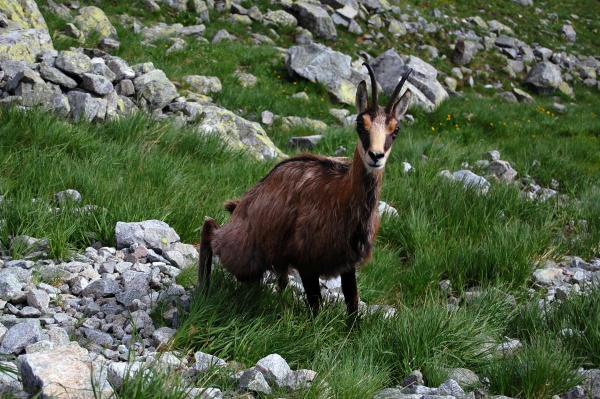Facts About Tatra chamois
The Tatra chamois, a distinctive subspecies of chamois under the genus *Rupicapra*, inhabits the Tatra Mountains spanning Slovakia and Poland. Over the years, their population has experienced significant fluctuations, particularly during the World Wars. In 1964, the Slovak side of the Tatras reported a peak of 940 chamois. However, by the late 20th century, their numbers had plummeted to alarmingly low levels.
To address this decline, a 5-year conservation program was initiated in 2001. This program focused on habitat preservation, strict anti-poaching measures, and the management of tourism impact. Due to these comprehensive efforts, the Tatra chamois population rebounded, reaching historic highs by 2018.
In 2006, the Slovak Tatra National Park was home to 371 chamois, including 72 lambs. Meanwhile, the Polish Tatra National Park had 117 chamois, with 27 lambs. By 2010, the population had significantly recovered: Slovakia recorded 841 chamois, with 74 lambs, and Poland reported 142 chamois, including 17 lambs, approaching the peak numbers observed in 1964.
Efforts to introduce the Tatra chamois to the Low Tatra Mountains between 1969 and 1976 ultimately faced complications. Recent DNA studies have revealed that these chamois interbred with Alpine chamois, rendering the Low Tatra population genetically mixed. Consequently, they are no longer considered a credible backup population for the true Tatra chamois.

 Ukraine
Ukraine